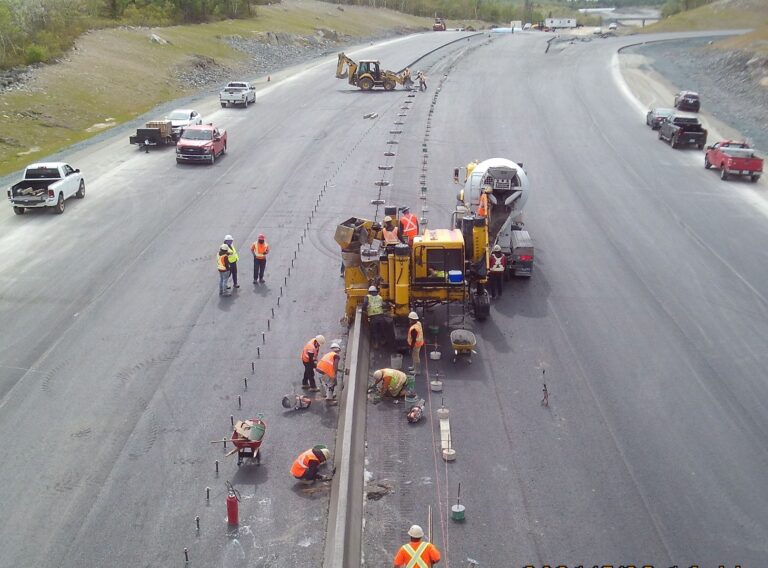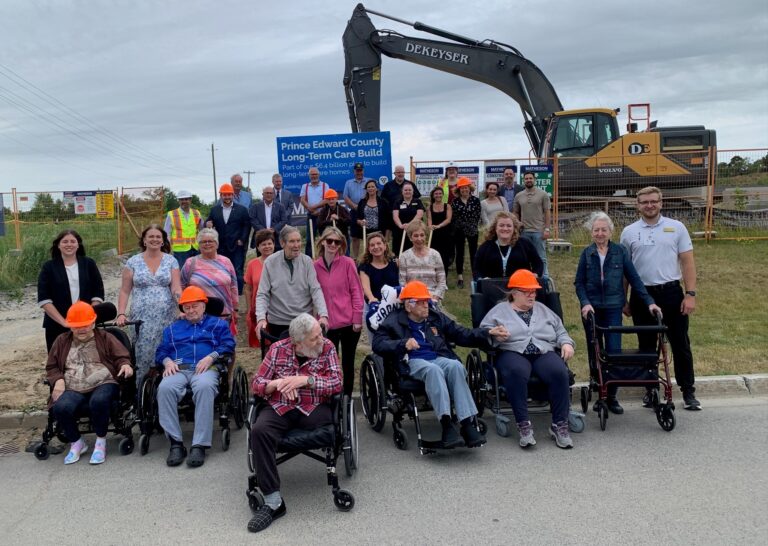The Province of British Columiba and Energy and Natural Resources Canada announced they are investing $195 million in Tahltan territory, enhancing road safety and reliability, opening up better access to more services for First Nations and local communities, as well as for critical minerals development.
“Mining is a part of our culture and economy. For thousands of years, Tahltans prospected, mined and traded obsidian. While we recognize the need for critical minerals for a low-carbon future, this can only happen with the free, prior and informed consent of Indigenous Peoples; therefore, the pace and scale of mining in our territory will be determined by the Tahltan Nation,” said Beverly Slater, President, Tahltan Central Government. “Today’s announcement regarding safer highways for our people is welcomed by the Tahltan Nation.”
Upgrades to Highways 37, 37A and 51 have long been a top priority for the Tahltan Central Government to address travel safety and essential services access for people in remote communities.
“Communities need resilient and reliable transportation infrastructure for safe travel and to access essential services, and also for efficient travel for the industry that local economies depend on,” said Josie Osborne, Minister of Energy, Mines and Low Carbon Innovation. “This significant investment into expanded and improved highways in B.C.’s northwest – an area of such rich critical minerals potential – benefits people, communities, and our climate.”
The Ministry of Transportation and Infrastructure provided $120 million of the funding for this project.
“Safety is our number 1 priority,” said Rob Fleming, Minister of Transportation and Infrastructure. “That’s why we are improving transportation infrastructure to support the safe and efficient movement of people and goods in remote B.C. communities, improve access for industrial development, and support community resiliency and reconciliation with First Nations communities.”
The project will provide a series of improvements for:
- Highway 37, including widening shoulders, creating pullouts for slow-moving vehicles, adding chain up/chain off areas, and increasing Wi-Fi access along 800 kilometres of roadway;
- Highway 37A, which provides access to Canada’s northernmost ice-free port, in Stewart; and
- Highway 51, connecting Telegraph Creek to Dease Lake and Highway 37.
“Our three Tahltan communities have struggled for generations with safe passage – via highways 37 and 51 – to southern communities where our people depend on the everyday facets of life, including emergency health care, food, and other everyday necessities often taken for granted by many residents of B.C. Resource development must result in the betterment of First Nation communities. While we applaud this announcement, there is more work to do, not only in Tahltan territory, but elsewhere in the province,” said Chief Carmen McPhee, Tahltan Band.
The federal government contributed $75 million through the Critical Minerals Infrastructure Fund.
“Developing Canada’s abundant critical minerals creates incredible economic opportunity and good jobs. When we work together on our shared priorities and come together at the regional energy and resource tables, we can drive the progress needed at the pace and scale necessary to seize the benefits the clean economy presents for First Nations, British Columbians, and all Canadians. That is what today’s investment in road infrastructure is about,” said Jonathan Wilkinson, Minister of Energy and Natural Resources, Canada.
Scoping and site preparation for the Northwest BC Highway Corridor Improvements Project is expected to begin in late summer 2024.
Featured image:











